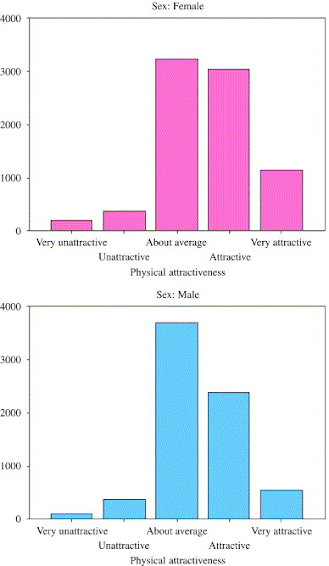Do you ever remember as a child taking liquid medicine and absolutely hating it? Or, better yet, do you remember your parents telling you to plug your nose while swallowing so you won't taste it? Well, as odd as it sounds, they were right. The fact is, we need our sense of smell to taste things. As a matter of fact, 80% of taste comes from smell (Rosenblum, 2010, pg. 85). How odd is that? For all of our lives, we all assumed that our tongues are the reason for the flavors we taste. But, our sense of smell doesn't just help formate taste, it also aids in memory, attractiveness, and fight or flight. But, what is to happen if someone is to lose their sense of smell entirely?
There is an answer to this question. That is, a person who loses their sense of smell completely will then be diagnosed with anosmia. Being anosmic is more than just losing your sense of smell, it is a lot more complicated and devastating than it sounds. People will hear anosmia and think it is the least affected sense to worry about over being deaf or blind. What they don't realize, is, it is almost just as challenging. Obviously, we all would rather have our sense of sight over smell, but the complications are the same in quantity as being blind. When you lose your sense of smell, it actually alters your relationships with others. Everyone has their own scent. People's individual scents have an influence on our judgments, both good and bad. Losing smell can make a person less attractive to you, so it will actually alter the way you would have interacted with the person if you were to smell them. Apparently, we choose our mates off scent because we humans release this odor that is hormonal called MHC (Rosenblum, 2010, pg. 110). So, if we can't smell the MHC, we will have trouble choosing a partner, and or connecting in a relationship.
Anosmic people also lose touch with their memory as well. Think about a perfume or cologne that you used to wear in high school, middle school, or whenever. We get this euphoric feeling when we smell these old perfumes and get some flashbacks from our past. Or, think about a recipe a deceased loved one used to make. If someone were to cook it again, you would get a memory of that person and remember old moments you had with that person. However, with anosmia, you can't smell memory. You can't get this vivid emotional attachment to smell. Or, use a dog for example. In any situation, your dogs remember us by smell. If at a dog park, they look for our scent to return back to their owners. Without smell, we can't, as I mentioned before, put a scent on the people around us. So, we can't remember by smell who is who. We can only rely on sound, sight, and touch.
Now, here comes the fight or flight. Going back to the book, your ability to judge the pleasantness of smell determines whether or not something is approachable or not (Rosenblum, 2010, pg. 93). Here is an example, if you smell smoke, your initial thought is to run. Or, if you smell food in the kitchen, you often get up and go take a look at what you are about to eat. Without smell, one cannot determine whether they are in danger or not.
Overall, it is clear all of our senses are connected together. They influence the world around us. No matter how simple the interactions are to us. So, in this case, if we were to lose our smell, we also lose other perceptions in our bodies. As well as struggles within our environment. At the end of the day, it is important to know anosmia is more than just the loss of smell.

























